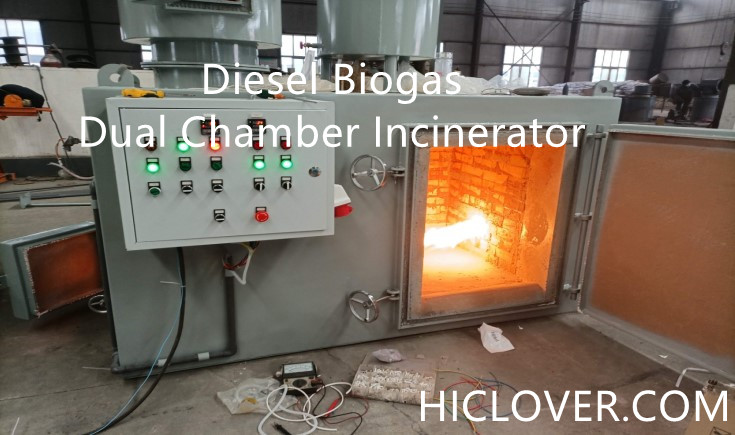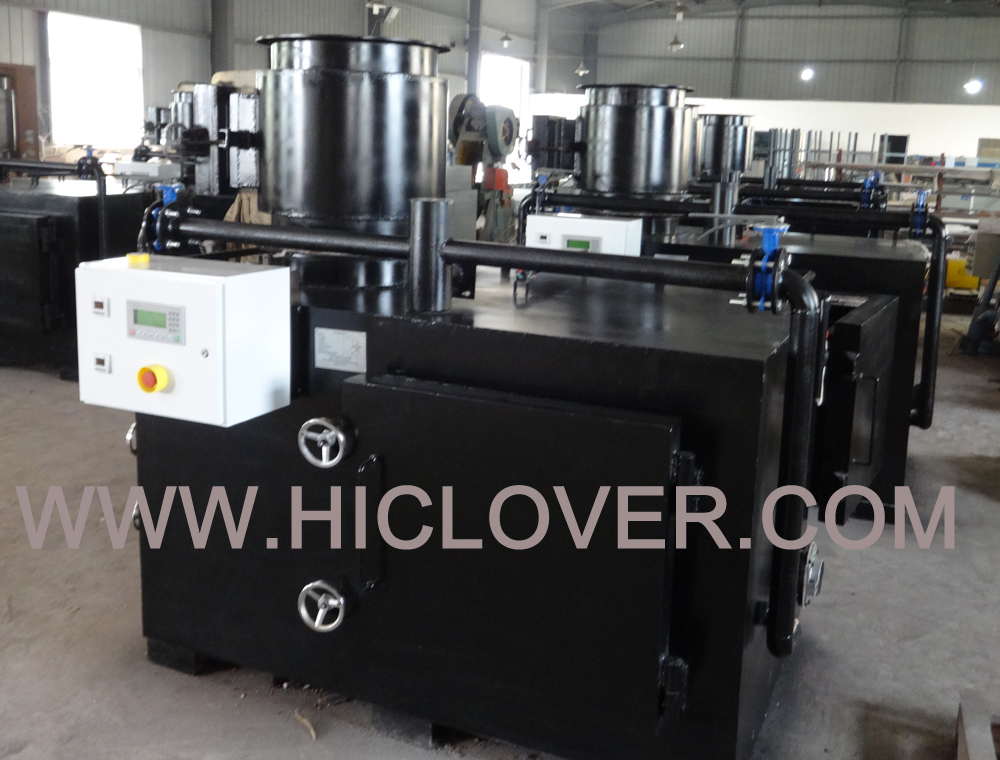Waste management is a pressing issue in many countries, including Turkey. With a growing population and increased industrialization, the amount of waste generated in the country has been on the rise. As a result, the need for effective waste management solutions has become a top priority for the Turkish government and local municipalities.
One potential solution to this problem is the investment in waste incinerators. Waste incinerators are facilities that burn waste at high temperatures, reducing the volume and weight of the waste and producing energy in the form of electricity or heat. While this technology has been used in many countries around the world, its investment value in the Turkish market needs to be carefully assessed to determine its cost-effectiveness.
A cost-benefit analysis is a valuable tool for evaluating the investment value of waste incinerators in the Turkish market. This approach examines both the costs and benefits associated with the implementation of waste incinerators, allowing decision-makers to make informed investment decisions.
When conducting a cost-benefit analysis of waste incinerators, several factors must be taken into consideration. These include the initial investment costs, operating and maintenance costs, the potential revenue from energy production, and the environmental and social benefits of waste incineration.
One of the main challenges in assessing the investment value of waste incinerators in the Turkish market is the high initial capital investment required to establish these facilities. However, it is important to consider the long-term benefits of waste incineration, including the potential for energy production and revenue generation. Additionally, waste incineration can help reduce the reliance on landfills, which are rapidly filling up and causing environmental and health hazards.
Another important factor to consider in the cost-benefit analysis is the operating and maintenance costs of waste incinerators. While these costs can be significant, they need to be weighed against the potential revenue from energy production, as well as the potential savings from reduced waste management expenses.
Furthermore, waste incineration can have significant environmental and social benefits. By reducing the volume of waste and producing energy, waste incinerators can help lower greenhouse gas emissions and contribute to a more sustainable waste management system. Additionally, the energy produced from waste incineration can help meet the growing energy demand in Turkey, contributing to the country’s energy security and reducing reliance on imported fuels.
Despite the potential benefits of waste incinerators, it is important to consider the potential environmental and health risks associated with this technology. Emissions from waste incinerators can contain pollutants such as dioxins and heavy metals, which can have harmful effects on human health and the environment. It is crucial to implement strict environmental regulations and monitoring systems to ensure that waste incinerators operate safely and responsibly.
In conclusion, assessing the investment value of waste incinerators in the Turkish market requires a comprehensive cost-benefit analysis. Decision-makers need to carefully consider the initial investment costs, operating and maintenance expenses, potential revenue from energy production, and the environmental and social benefits of waste incineration. It is important to weigh these factors against the potential environmental and health risks to determine whether waste incinerators are a cost-effective and sustainable solution for waste management in Turkey.



